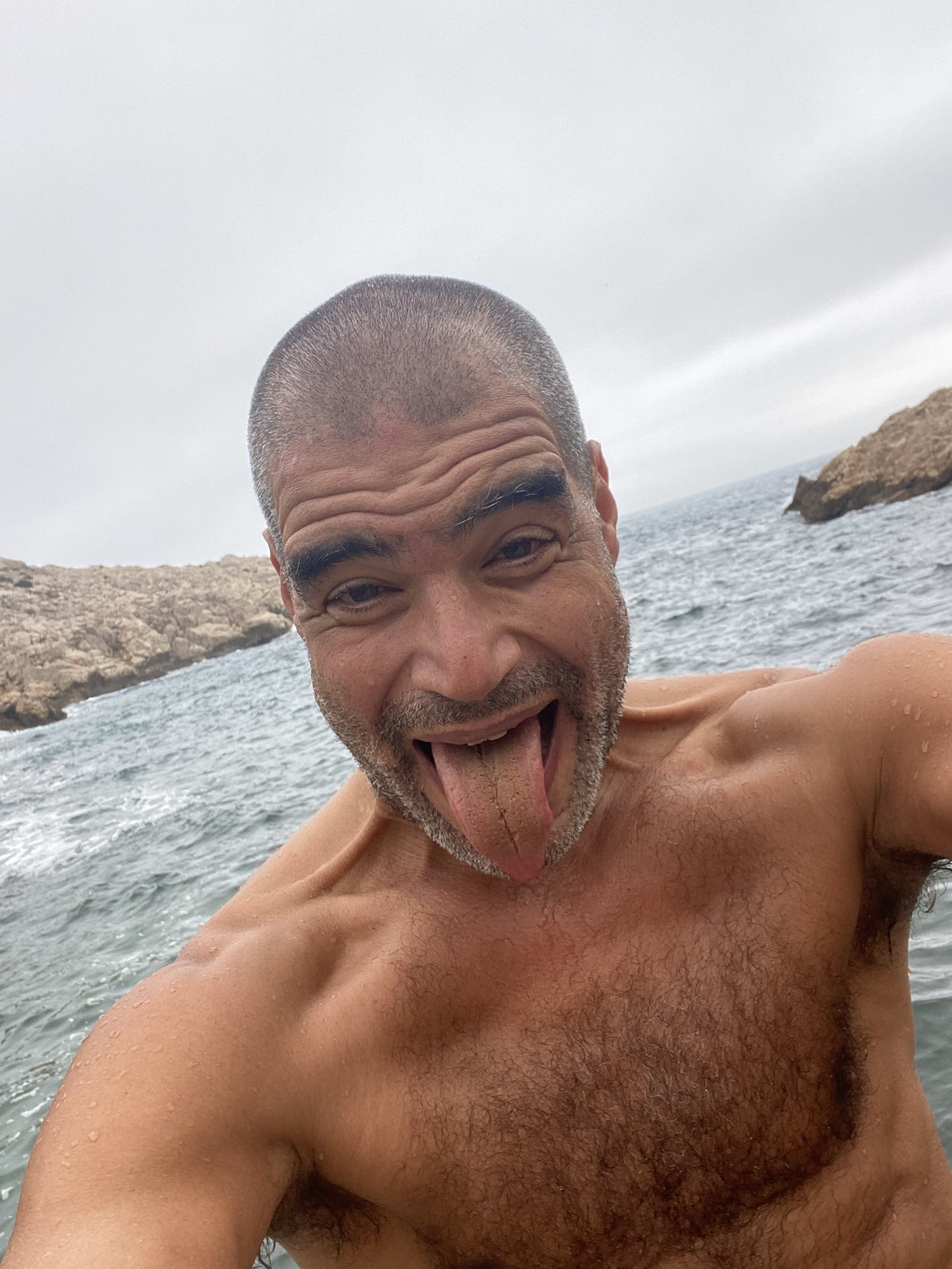When working within the institutional education system, I often feel that most art schools and academies are a colossal waste of resources. That they are thought of in a way, which produces artistic clerks. A good artist coming out of an art school, seems to be an accident of the system. I think art education should be personalized, and handed back to be the responsibility of the student. It should be the student choosing His/her teachers and curriculum, and not the other way around as is the case now. It's the young artist's task to look for an older artist's guidance and teachings. Professional art teachers, in any domain, are many times suffocating any chance for real artists to emerge, they'll usually, with exception of course, be the first to block any sign of true talent.
Most art students would have never ventured into art making in the first place if art schools, as a survival mechanism related mainly to politics and power, were not engaged in enabling people who aren't artists to become ones. Paradoxically as it may sound, the best interest of the students and the art forms, is not their priority.
Sadly enough, some of these young students will grow to become teachers themselves, once they come to terms with the fact they were not meant to become active artists in the first place. What a vicious cycle...
As I see it, the driving force in art education, should be the students themselves, not the schooling system. This shift, will allow schools to move from being systems of control, to ones of support, which is what reall, effective eduction is all about. In that sense, there shouldn't even be art students, just young artists.
I think older artists have the duty to come up with alternatives to the existing education system. Artists need context, and a community. Thinking about young artists and educational models, is an urgent task all dance makers should embrace.
© Julia Gat


















